Does harder soapstone mean more oiling?
bungalowdawn
16 years ago
Related Stories
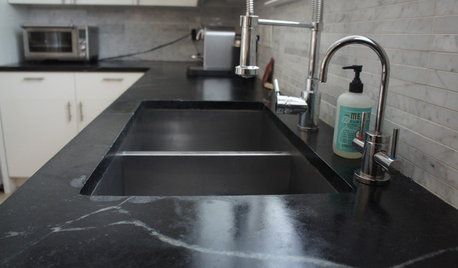
KITCHEN DESIGNSoapstone Counters: A Love Story
Love means accepting — maybe even celebrating — imperfections. See if soapstone’s assets and imperfections will work for you
Full Story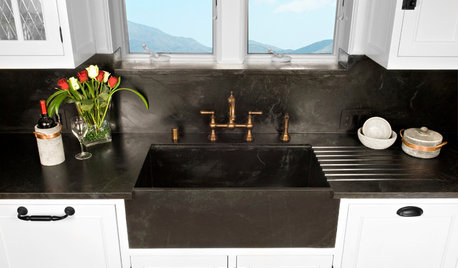
KITCHEN DESIGNKitchen Sinks: Soapstone for Germ-Free Beauty and Durability
Stains and bacteria? Not on soapstone's watch. But this sink material's benefits don't come cheap.
Full Story
MOST POPULARWhen Does a House Become a Home?
Getting settled can take more than arranging all your stuff. Discover how to make a real connection with where you live
Full Story
KITCHEN DESIGNKitchen Counters: Durable, Easy-Clean Soapstone
Give bacteria the boot and say sayonara to stains with this long-lasting material that's a great choice for kitchen and bath countertops
Full Story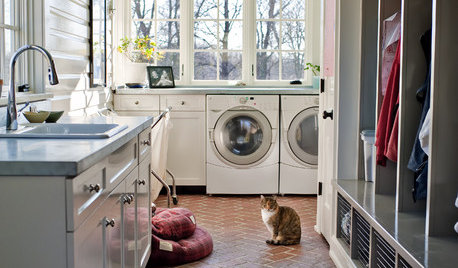
LAUNDRY ROOMSGet More From a Multipurpose Laundry Room
Laundry plus bill paying? Sign us up. Plus a potting area? We dig it. See how multiuse laundry rooms work harder and smarter for you
Full Story
KITCHEN COUNTERTOPS10 Top Backsplashes to Pair With Soapstone Countertops
Simplify your decision-making process by checking out how these styles work with soapstone
Full Story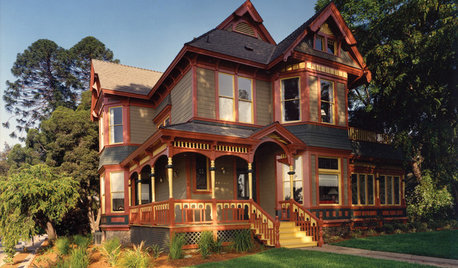
ARCHITECTURERoots of Style: Does Your House Have a Medieval Heritage?
Look to the Middle Ages to find where your home's steeply pitched roof, gables and more began
Full Story
ARCHITECTURE10 Custom Doors That Uncover Meaning
Break out of the standard-door rut by learning a significance that few people ever consider
Full Story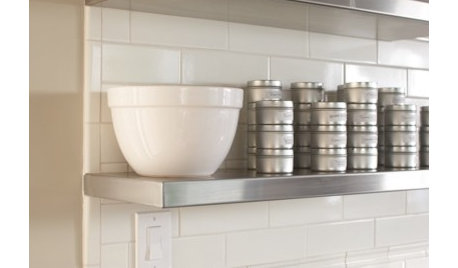
KITCHEN DESIGNHow Much Does a Kitchen Makeover Cost?
See what upgrades you can expect in 3 budget ranges, from basic swap-outs to full-on overhauls
Full Story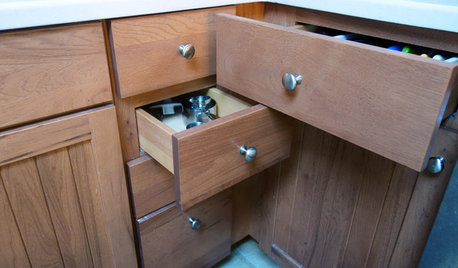
FUN HOUZZ10 Truly Irritating Things Your Partner Does in the Kitchen
Dirty dishes, food scraps in the sink — will the madness ever stop?
Full Story









evergreendan
holligator
Related Professionals
Baltimore Kitchen & Bathroom Designers · Bensenville Kitchen & Bathroom Designers · Bethel Park Kitchen & Bathroom Remodelers · Idaho Falls Kitchen & Bathroom Remodelers · Lomita Kitchen & Bathroom Remodelers · Londonderry Kitchen & Bathroom Remodelers · Oceanside Kitchen & Bathroom Remodelers · Republic Kitchen & Bathroom Remodelers · Spokane Kitchen & Bathroom Remodelers · Tuckahoe Kitchen & Bathroom Remodelers · Wilson Kitchen & Bathroom Remodelers · Shaker Heights Kitchen & Bathroom Remodelers · Crestview Cabinets & Cabinetry · Riverbank Cabinets & Cabinetry · Shady Hills Design-Build FirmsBabka NorCal 9b
bayareafrancy
grannabelle
sombreuil_mongrel
bungalowdawnOriginal Author
mrslimestone
don_chuwish
vwhippiechick
kevinb_flyguy
bayareafrancy
bungalowdawnOriginal Author
rgillman
Babka NorCal 9b
plants4
grannabelle
bungalowdawnOriginal Author
mary_in_nc
kevinb_flyguy
florida_joshua
bungalowdawnOriginal Author
rgillman
mary_in_nc
amy2202
florida_joshua
Babka NorCal 9b
bayareafrancy
sjerin
mary_in_nc
rgillman
backinthesaddle
lightlystarched
lightlystarched
mary_in_nc
judydel
lightlystarched
bayareafrancy
kevinb_flyguy
florida_mimi
sawmill
judydel
sombreuil_mongrel
mary_in_nc